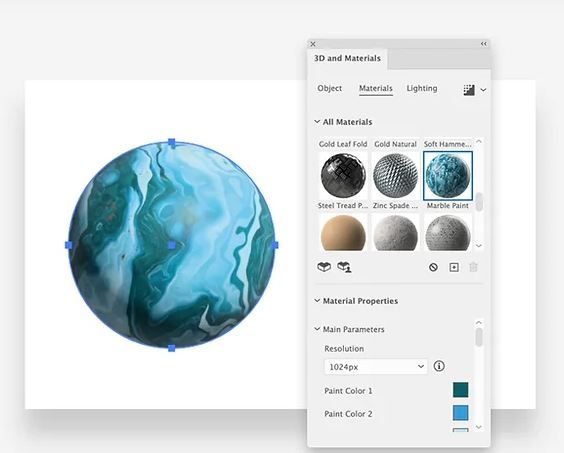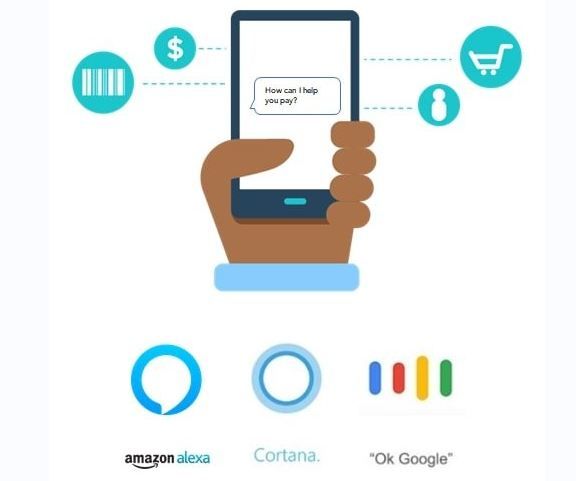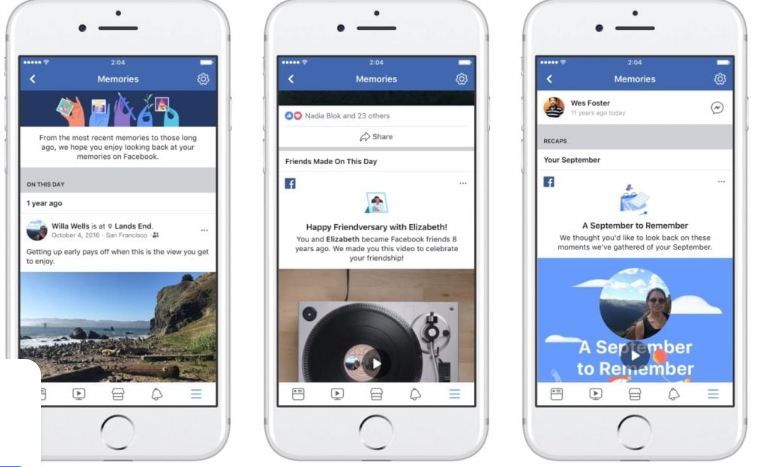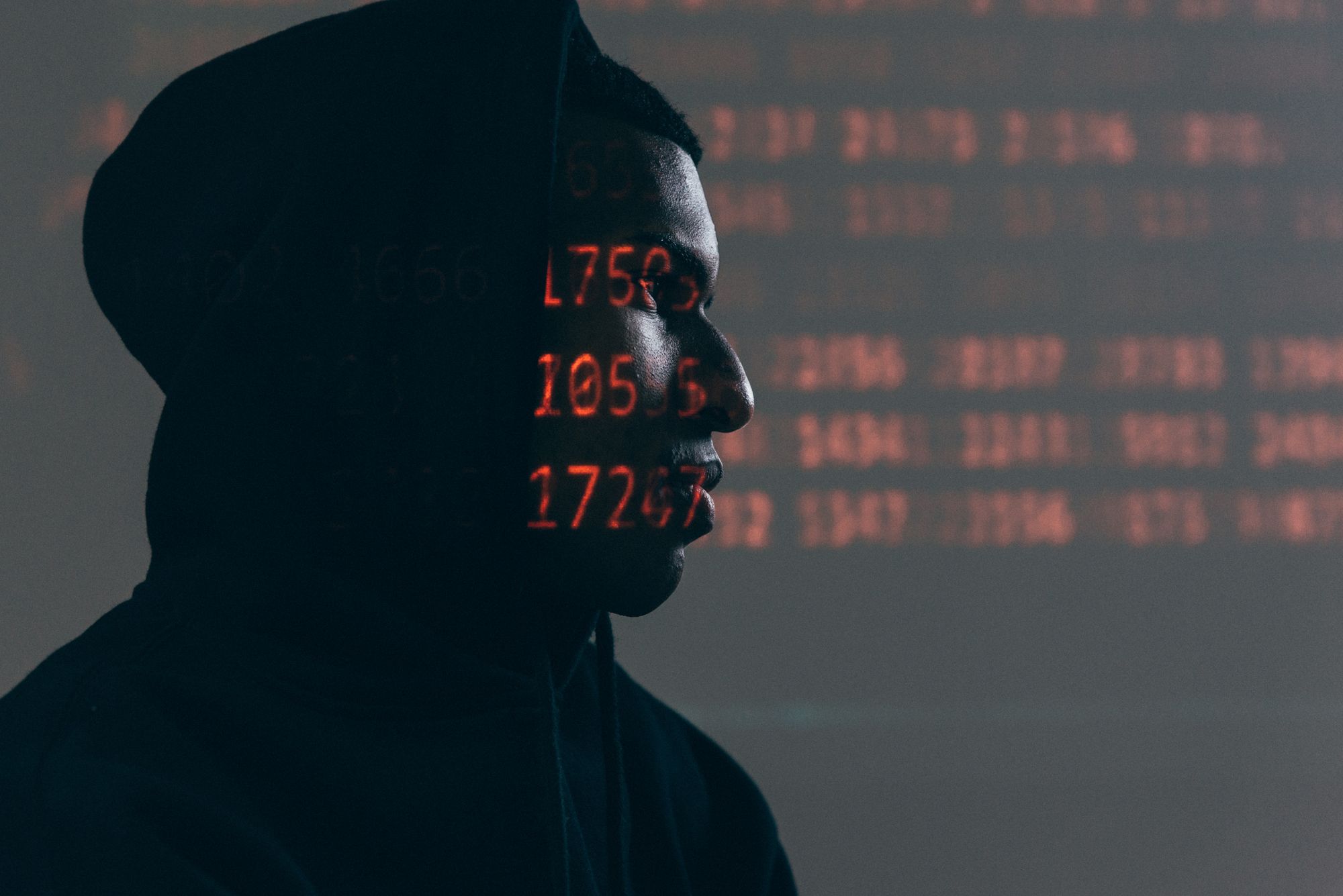UX Design Trends to Watch in 2023: Preparing for the Future as a UX Designer
A very evolving subject area, (UX) layout requires constant adaptations in response to different tech developments and people’s taste.In order to design up-to-date user friendly products, UX designers should be aware of the latest trends in ultra-modern UX layouts development.
UX designers need to organize towards grasping the upcoming trends that may become the industry of the future.This text, therefore, reveals some of those user experience (UX) diagram trends in 2023 worth noting, providing tips and recommendations on these issues for designers seeking to keep themselves among the leaders of those who design.
The Top UX Designs to Look For
#1 Dark Mode and Low-Light Design

In low-light conditions, Dark Mode and Low-Light UX Design prioritize user experience. These designs decrease eye strain, save battery life on OLED smartphones, and enhance readability in the dark with black backgrounds and soft color palettes. It's important to keep text legible, use subtle contrasts, and offer the option to switch between bright and dark settings. This smart design approach supports user choices and provides a consistent experience regardless of lighting conditions.
#2 3D and Immersive Graphics

Transformational aspects of UX design include 3D and immersion graphics. By taking users in a virtual reality it creates an immersive experience to enhance user engagement and interaction. When one considers how depth, textures, and motion are used, then there is realism and interactivity that fits into gaming, virtual reality, and even e-commerce. However, this is where one has to strike the balance of striking between aesthetics and performance in order to arrive at a smooth, responsive experience. Good 3D and Immersive Graphics design engages the user, taking him into a world of amazing view.
#3 Microinteractions and Animation

Modern User Experience relies on microinteraction and animation.However, most people ignore these minor yet significant aspects that make an interface engaging and give feedback as well as direct us how to interact with the system.Animations that are designed to make microinteractions like button presses, hover effects, and error notifications come alive.Sensibly utilizing animations that include ease of transition and loading spinners creates a sense of ease, delight, and being in control and involved by users.They are essential for making appealing interactive interfaces that elicit good feelings towards any digital product.
#4 Voice User Interfaces (VUIs) and Conversational Design UX

The use of voice user interfaces (VUI) and conversational design ux is changing the way we engage with technology.VUIs are similar to virtual assistants who employ natural language understanding and human oriented conversation’s principle.Clear, compassionate, and efficient conversation design makes sure one’s spoken communication is understandable.User context sensitive, natural language aware and effortless experiences are what it has in store for you.Creating meaningful dialogues and predicting end-user needs to develop UIs which enrich, delight, and simplify complex tasks for users.
#5 Personalization and AI-Powered Recommendations

There is a focus on personalization with AI-assisted recommendations which form an important part of the modern UX design.These features use user data and machine learning technologies to give users customized information about content, commodities and services they are seeking.It creates excitement within customers and improves their sense of belonging.Good implementation aims at making user feels understood and satisfied with conversion.While striking that fine balance between personalisation and privacy is still a challenge, it turns user experience into a deeply personified, engaging voyage.
Accessibility-first design in UX.
#6 Accessibility-First Design UX design
UX design (Accessibility-First) ensures designing user-centric digital services that can accommodate every user (with or without disability).It prioritizes things such as image labels/ descriptive tags aka “alt text”, keyboard accessibility, or proper heading structure.This strategy enables websites and applications to be accessible for blind, deaf, people with motor skills issues or intellectual disabilities.Making Accessibility a core aspect of design ensures that everyone is addressed, creating a more digital equitable world with a user and people-centered web environment.
#7 Scrollable Experiences and Horizontal Navigation

Horizontal navigational scrollable experiences have become a popular option due to their user intuitive and efficient space use.Commonly found on mobile apps and responsive sites, these interfaces allow users to effortless explore the content, by simply swiping to the left or to the right.It maximizes on viewable space which supports interactive visual storytelling or instant access to individual sections.Nevertheless, balance has to be observed so that aesthetic qualities do not overshadow functionality, allowing users to navigate horizontally as opposed to confusing them.
#8 Sustainable Design and Eco-Friendly Practices

Design should be sustainable and it must take into the use of eco-friendly practices in today’s environment. Green design focuses on minimizing a product’s lifecycle impact on the environment such that materials selection and even waste reduction is a part of its lifecycle. It enhances energy effecncy, sustainable resources, and minimizes wastes. Green practices involve, for instance, recycling, or upcycling and reducing our carbon footprint. These are not just mere guardians of our planet but they also contribute towards a better and more responsible future. Sustainable design together with green practices must be adopted in order to fight against climate change and protect nature for future use.
#9 Cross-Platform and Multi-Device Compatibility

In the contemporary technology world cross platform and multi device compatibility is critical. They make sure that users experience smooth operations on any device including phones and desktops. Responsive web design and cross platform application development frameworks such as Flutter and React Native ensure creation of programs which work well on various screens and operating systems. It contributes to accessibility as well as convenience. Users can enjoy uninterrupted access to such content and services ensuring better satisfaction and involvement of people with the web world.
#10 Ethical and Inclusive Design

Today it is important for ethics, digital ethics, diversity, inclusivity and design.Ethical design is concerned with people’s welfare in terms of safety, privacy of data, right and nothing but honesty while at it.The inclusive design entails incorporating all people with and without disabilities.Integrating such values into the designs makes the digital space a place of belonging for everyone, everywhere.This promotes an open culture where the rights of other users are not violated thus leading to better experience for users by all.
Conclusion
Nimbleness is needed by UX designers as it changes constantly.Emerging trends in the interactive media industry like voice interfaces, augmented reality, and ai-driven personalization define the industry dynamics towards a new direction.It has an impact, and each user should be provided through inclusive and accessible design.The accessibility and power efficiency in buildings may be significantly enhanced through the adoption of dark mode/low-light UX design.Therefore, knowledge of contemporary issues alongside a high level of willingness to incorporate the latest technologies as well.Therefore, UX designers develop user-sensitive and timeless experience designs that take into account the changing nature of today’s online setting.
How much is a great User Experience worth to you?
Browsee helps you understand your user's behaviour on your site. It's the next best thing to talking to them.


